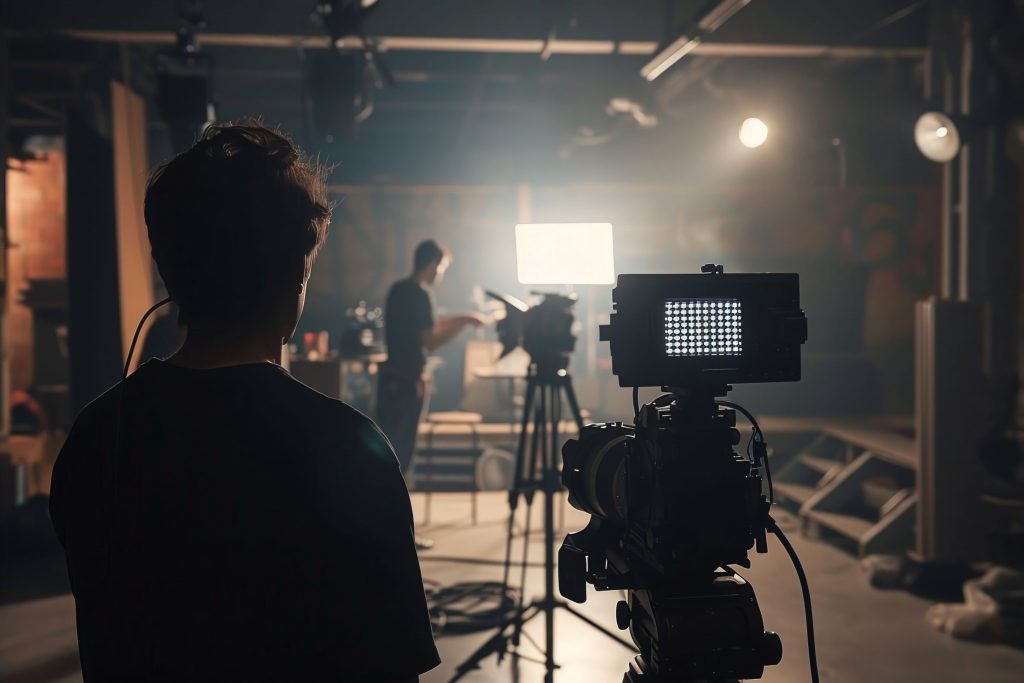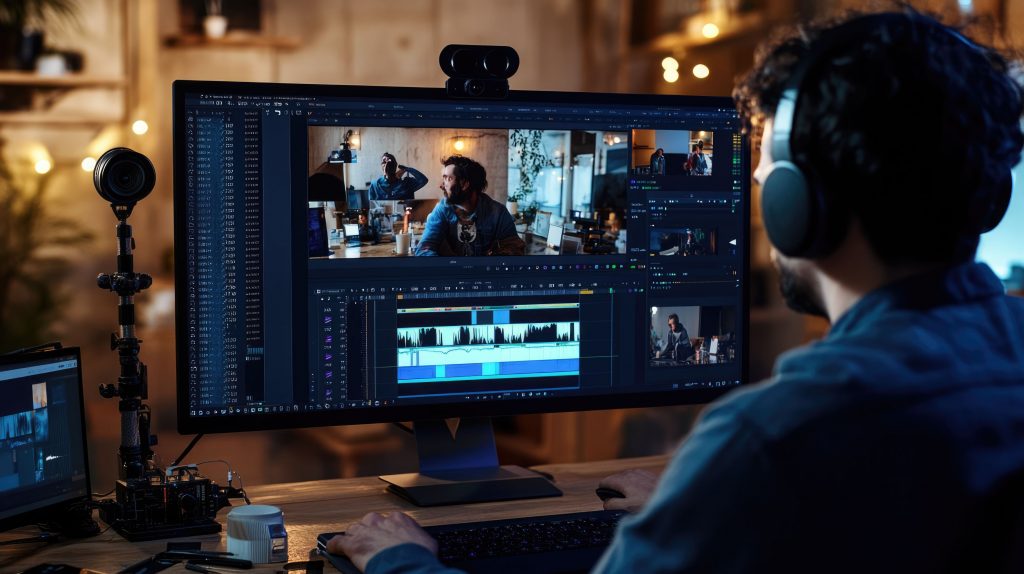In today’s digital age, corporate videos have emerged as a powerful tool for businesses in Kuala Lumpur (KL) to communicate their brand message, promote products, and engage with audiences. However, the journey from concept to final product involves a meticulous process that encompasses various stages, each requiring careful planning and execution. A skilled corporate videographer in KL understands the local market and can tailor content to reflect the diverse culture of the city. This article takes you behind the scenes of creating a corporate video in KL, detailing the steps involved and the best practices to ensure a successful outcome.
Understanding the Purpose of Corporate Videos
Before diving into the production process, it’s essential to understand the purpose of your corporate video. Corporate videos can take many forms, including promotional videos, training materials, company culture showcases, and testimonial videos. Defining the objective is the first step, as it will guide every decision made throughout the production process.
Key Questions to Consider:
- What message do you want to convey?
- Who is your target audience?
- What is the desired outcome? (e.g., increased awareness, sales, employee engagement)
The Pre-Production Phase
The pre-production phase is crucial for laying the groundwork for a successful corporate video. This stage involves planning, scripting, and organizing all aspects of the shoot.
1. Concept Development
Once the purpose of the video is clear, the next step is to develop the concept. This involves brainstorming ideas that align with your brand message and resonate with your audience. Collaborating with a creative team can help generate innovative concepts that will set your video apart.
2. Scripting
A well-crafted script is the backbone of any corporate video. It should outline the key messages, dialogue, and visual elements. In KL, where diverse cultures and languages exist, it’s important to consider the language and tone that will best connect with your target audience.
3. Storyboarding
Storyboarding is the process of visualizing the script through a series of illustrations or images. This helps to map out the flow of the video and ensures that all visual elements align with the narrative. A storyboard acts as a blueprint for the production team, making the shooting process more efficient.
4. Planning Logistics
Logistical planning involves organizing the practical aspects of the shoot, such as:
- Location Scouting: Selecting the right locations in KL is vital for establishing the desired atmosphere. Whether it’s a corporate office, an outdoor setting, or a studio, the location should enhance the video’s message.
- Casting: If your video includes actors or presenters, casting calls may be necessary. Consider hiring local talent who can authentically represent your brand.
- Equipment and Crew: Determine the equipment needed for the shoot, such as cameras, microphones, and lighting. Additionally, assemble a skilled crew, including a director, camera operators, and sound technicians.
5. Scheduling
Creating a detailed shooting schedule is critical to ensure that the production stays on track. Outline the timeline for each shoot day, including setup time, breaks, and contingencies for unexpected delays. Communication with all team members is essential to keep everyone aligned.
The Production Phase
The production phase is where the actual filming takes place. This stage requires coordination and attention to detail to ensure that everything goes smoothly.
1. Setting Up
On the day of the shoot, the crew will arrive early to set up equipment, adjust lighting, and conduct sound checks. Proper setup is crucial for achieving high-quality visuals and audio.
2. Directing the Shoot
The director plays a pivotal role during the shoot, guiding the actors and crew to ensure that the vision comes to life. This includes:
- Blocking: Determining where actors should stand and move within the frame.
- Rehearsing: Conducting rehearsals to get the timing and delivery right before filming.
- Capturing Multiple Takes: Filming multiple takes of each scene allows for more options during the editing process.
3. Monitoring Quality
Throughout the filming process, the director and crew must continuously monitor the quality of the footage. This includes checking for proper framing, focus, and sound quality. It’s essential to address any issues on set to avoid complications during post-production.
The Post-Production Phase
Once filming is complete, the project moves into post-production. This phase is where the magic happens, turning raw footage into a polished final product.
1. Editing
Editing is a critical step in the post-production process. An experienced editor will review all the footage, selecting the best takes and assembling them into a cohesive narrative. This involves:
- Cutting and Trimming: Removing unnecessary scenes and ensuring a smooth flow.
- Adding Transitions: Incorporating transitions between scenes to enhance visual continuity.
- Incorporating Graphics: Adding text overlays, logos, and other graphic elements that support the message.
2. Sound Design
Sound design enhances the overall quality of the video. This includes:
- Voiceovers: Recording and integrating voiceovers if needed.
- Music Selection: Choosing appropriate background music that complements the video’s tone and pacing.
- Audio Mixing: Balancing audio levels to ensure clarity and consistency throughout the video.
3. Color Grading
Color grading involves adjusting the colors and tones of the video to achieve a specific look and feel. This process can dramatically impact the overall aesthetic and mood of the final product.
4. Review and Revisions
Once the initial edit is complete, it’s essential to review the video with stakeholders for feedback. This may involve several rounds of revisions to ensure that the final product aligns with the original vision and objectives.
Finalizing and Distributing the Video
1. Final Approval
After incorporating all feedback, the final version of the video should be presented for approval. Ensure that all stakeholders are satisfied with the outcome before moving on to distribution.
2. Exporting
Once approved, the video is exported in the required formats for various platforms, such as social media, websites, and presentations. Different platforms may have specific requirements for video dimensions and file types.
3. Distribution Strategy
A well-thought-out distribution strategy is crucial for maximizing the video’s reach. Consider the following:
- Social Media: Share the video on platforms like Facebook, Instagram, and LinkedIn to engage with a broader audience.
- Website Integration: Embed the video on your website to enhance user experience and improve SEO.
- Email Marketing: Include the video in email campaigns to increase open rates and engagement.
4. Measuring Success
After the video is released, it’s essential to measure its performance. Analyze metrics such as views, engagement rates, and conversions to assess the impact of the video on your marketing objectives. Use this data to inform future video projects.
Conclusion

Creating a corporate video in Kuala Lumpur involves a comprehensive process that requires careful planning, creativity, and collaboration. From defining your objectives to executing a successful production and distribution plan, every step plays a crucial role in delivering a compelling final product.
By understanding the intricacies of video production, businesses can harness the power of corporate videos to effectively communicate their brand message, engage with their audience, and ultimately drive success. In a bustling city like KL, where competition is fierce, investing in high-quality corporate video production can set your brand apart and leave a lasting impression. Embrace the journey of creating your corporate video, and watch how it transforms your brand narrative into a captivating visual story.

